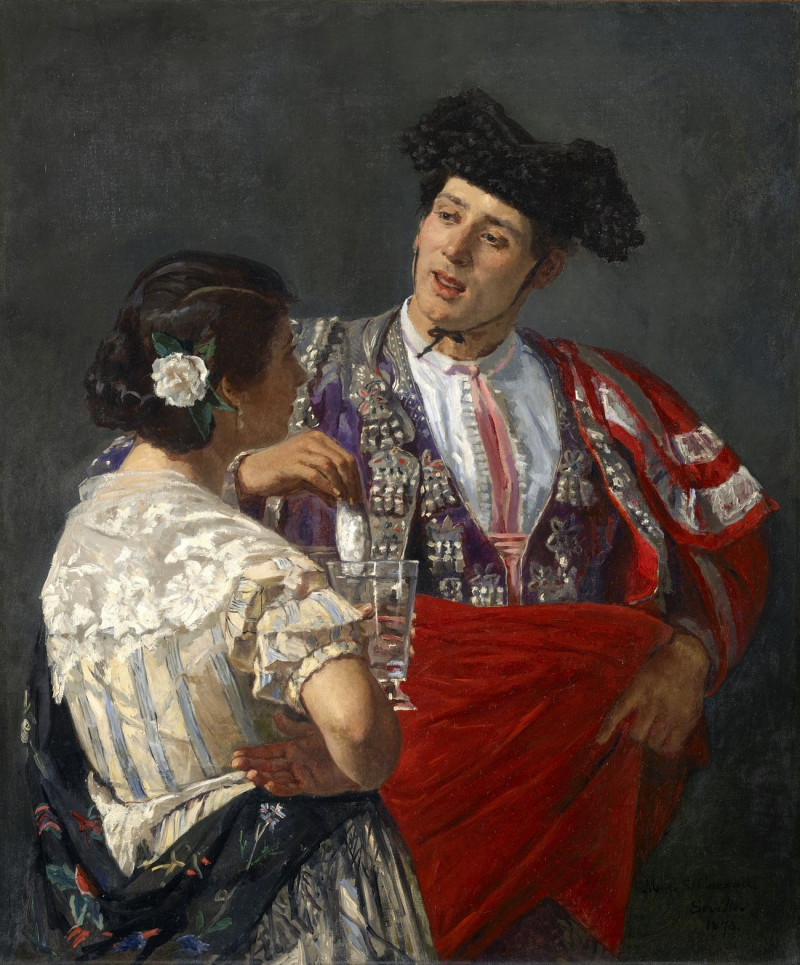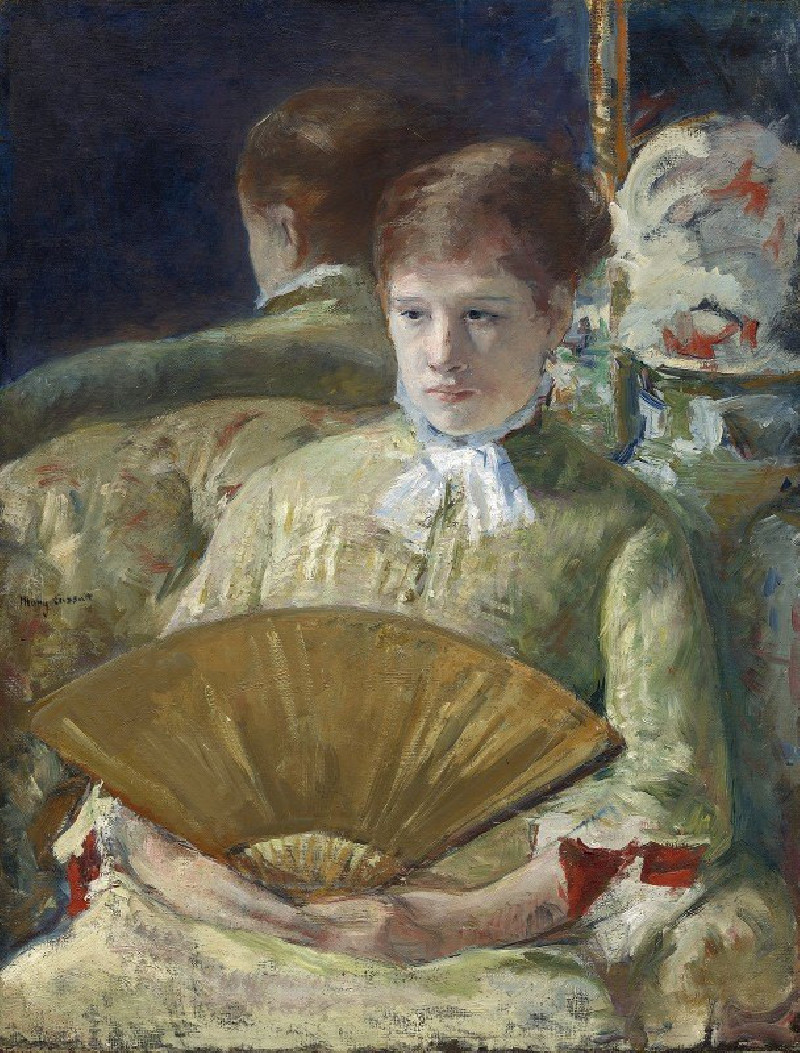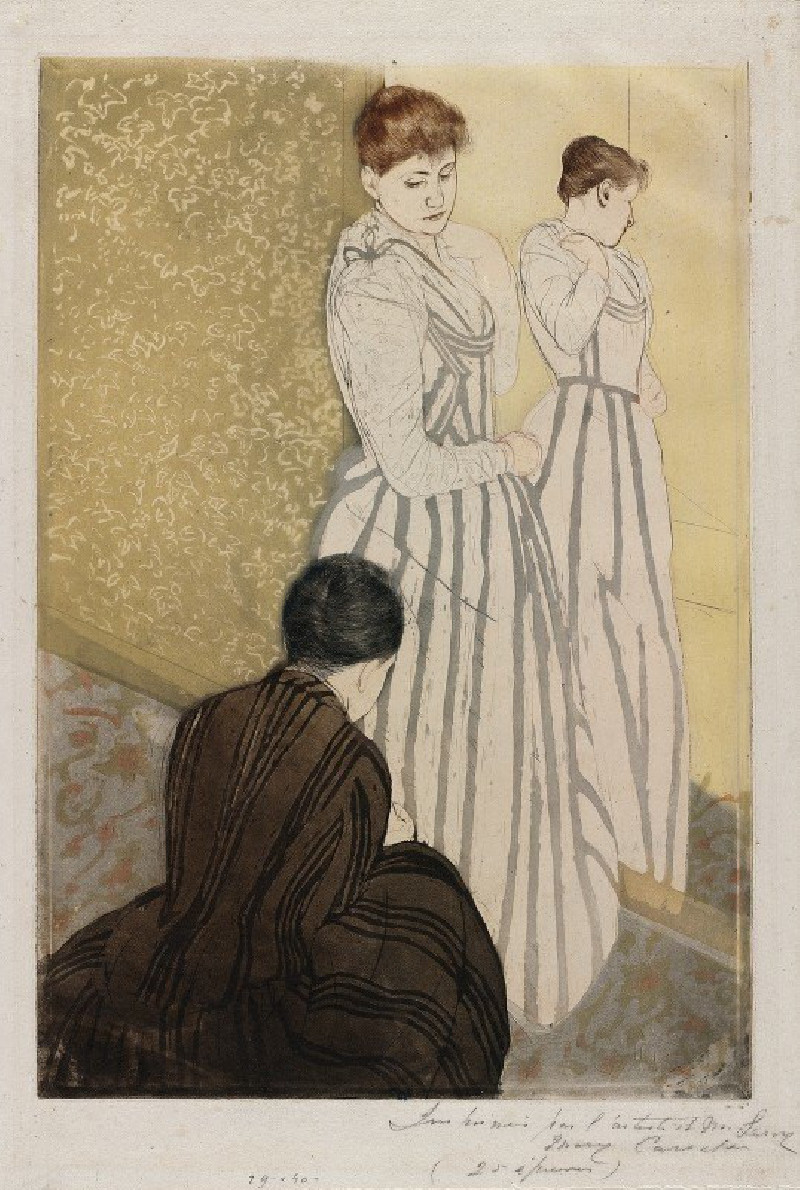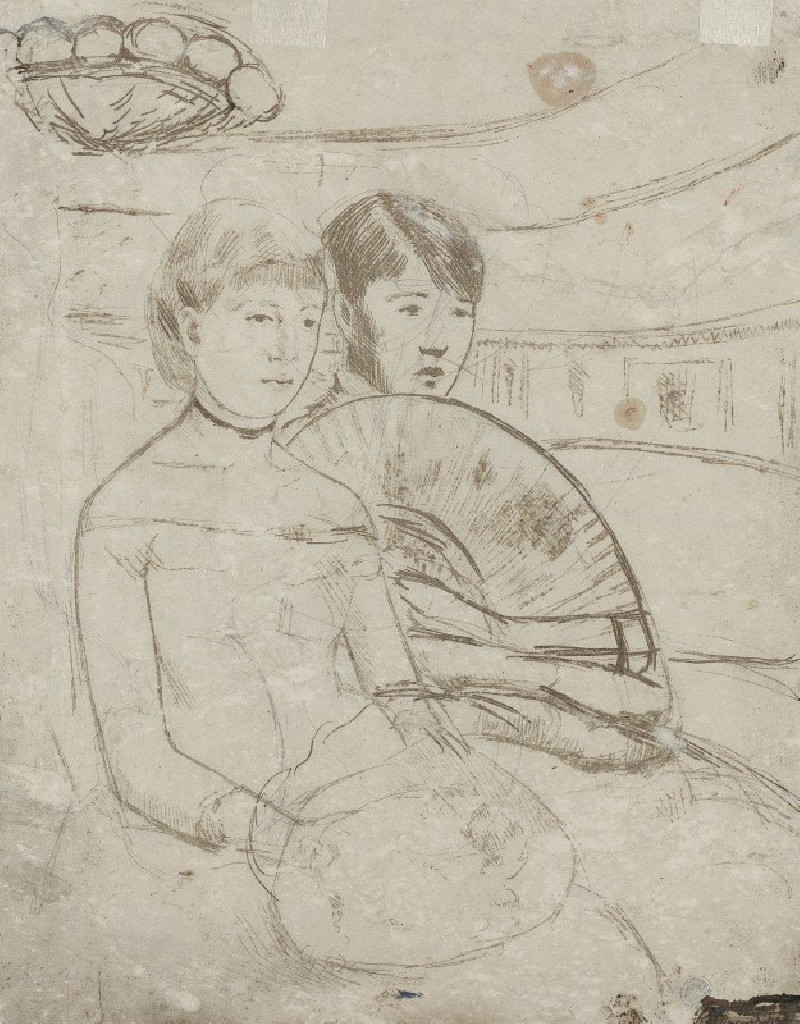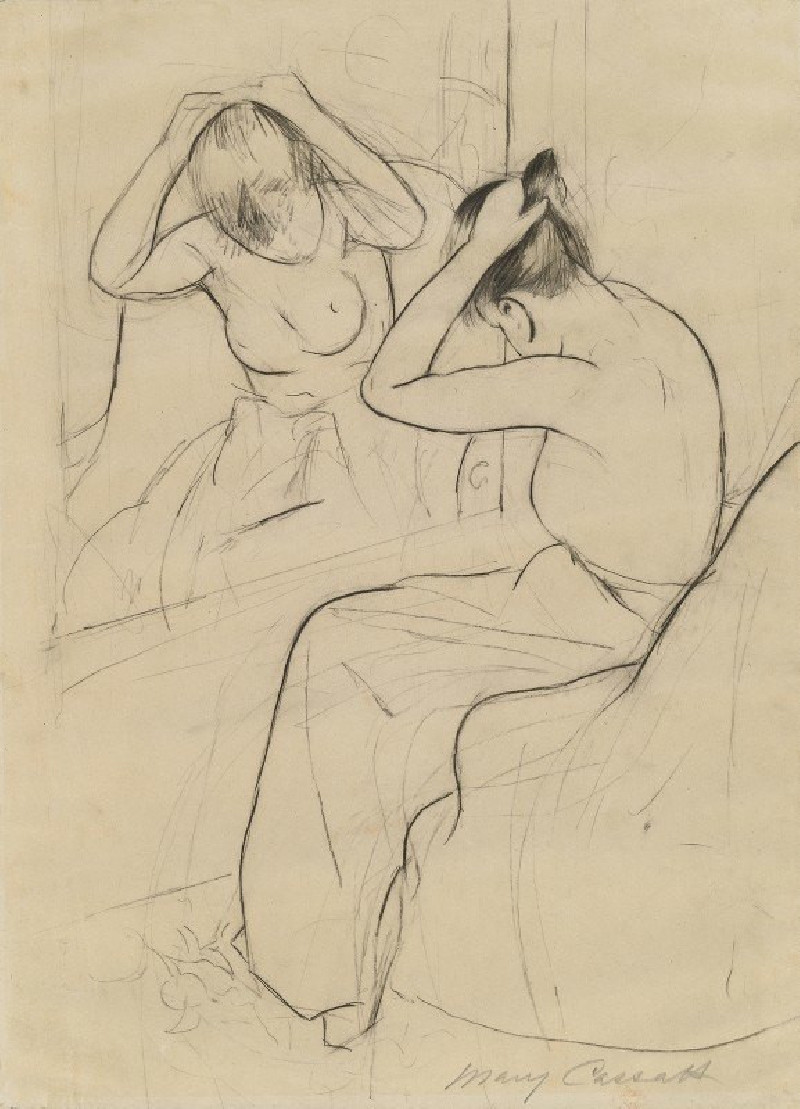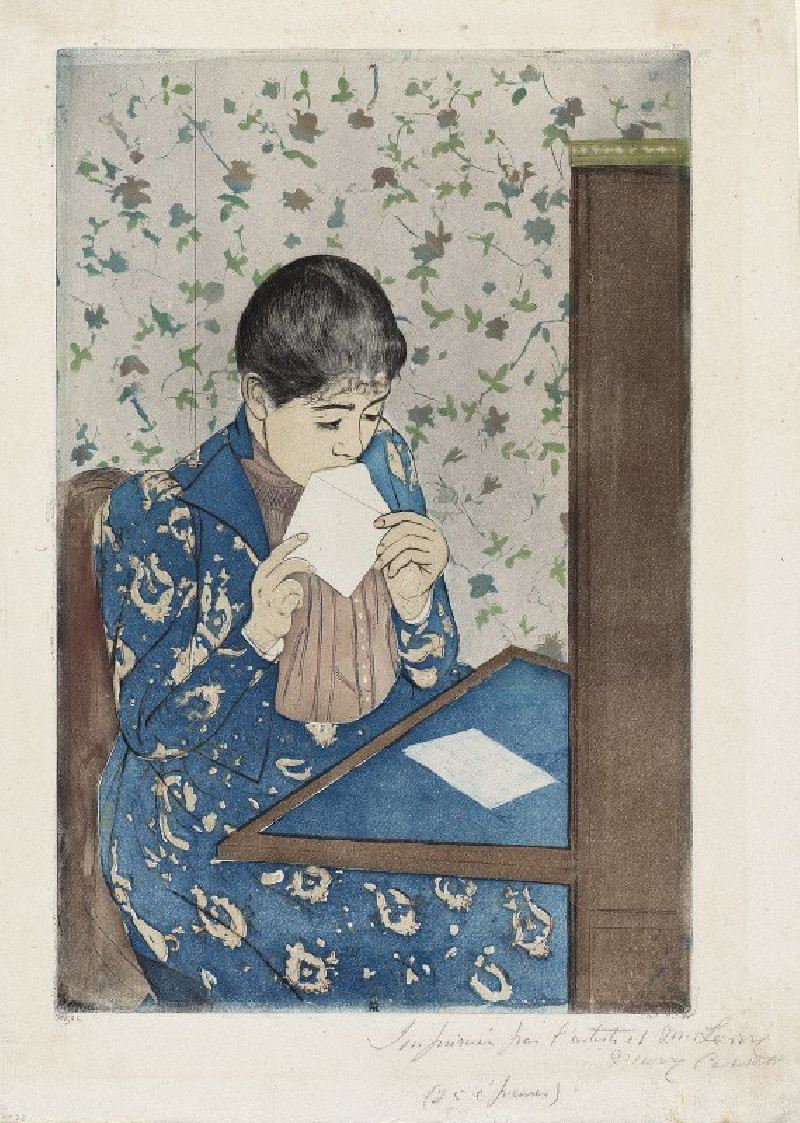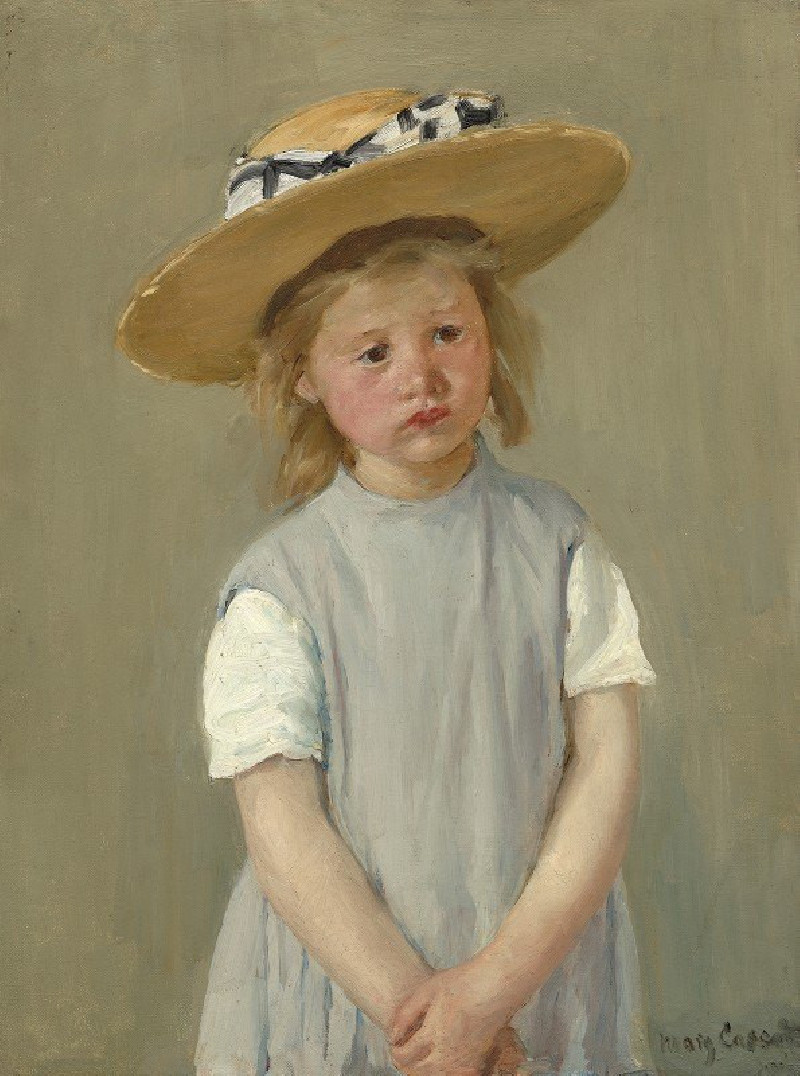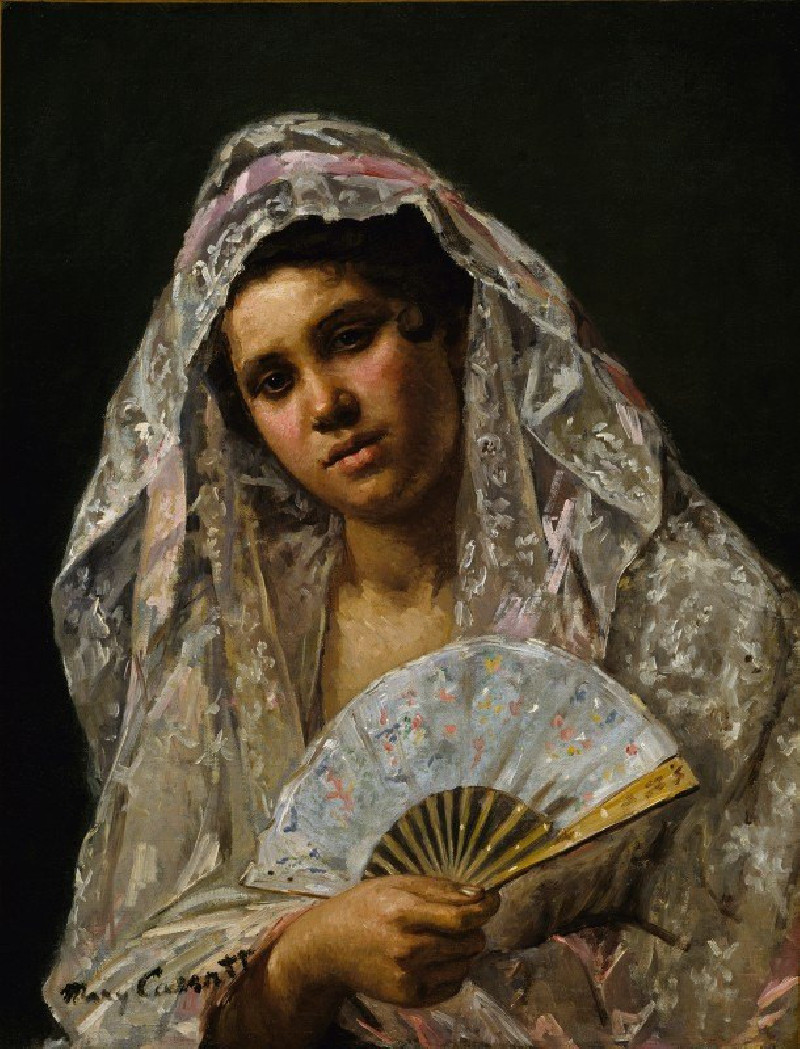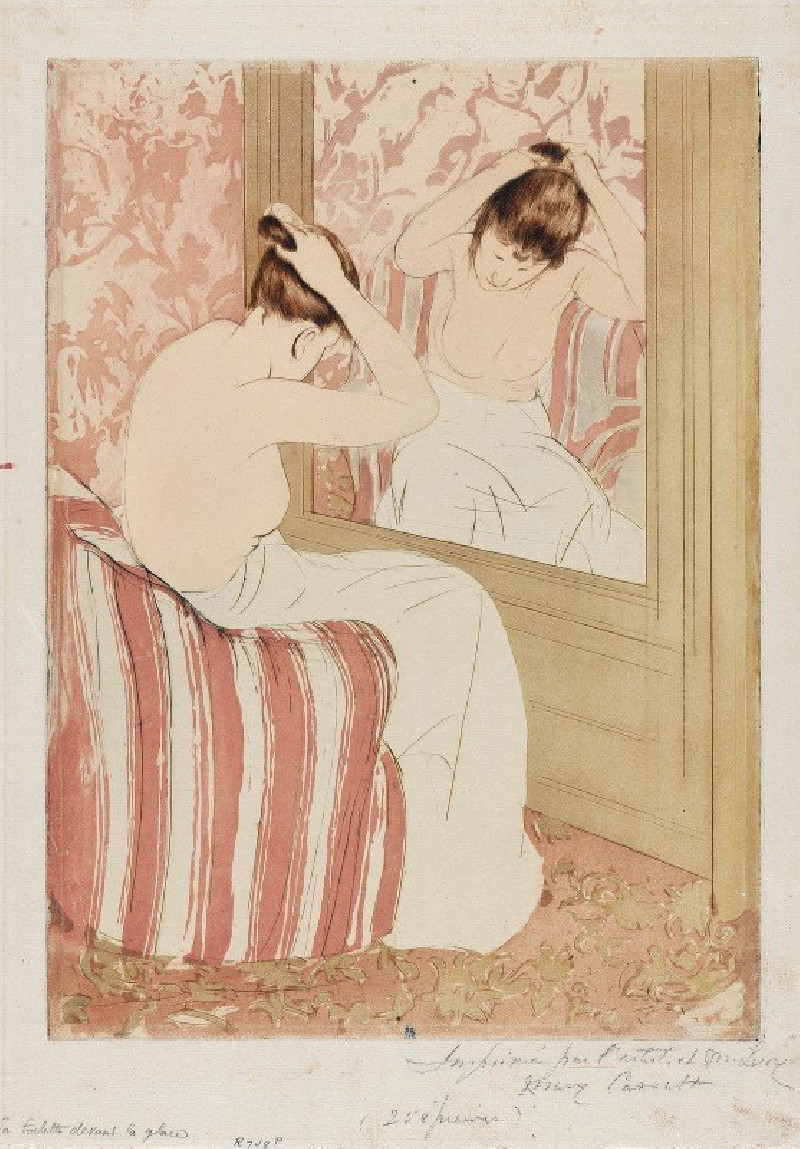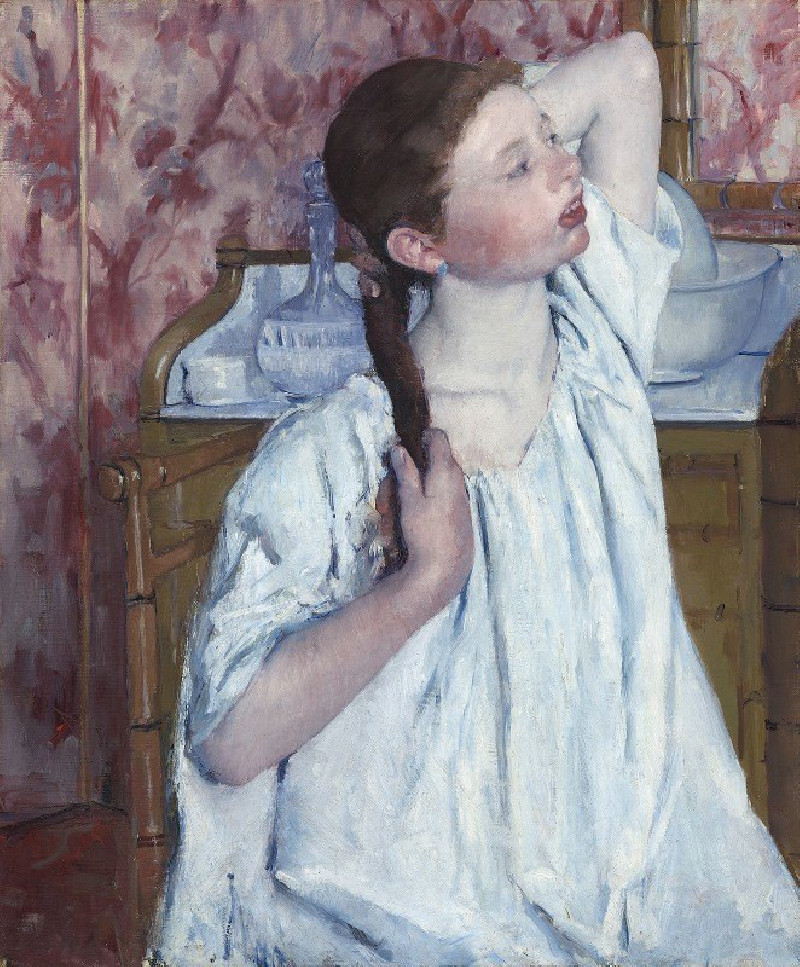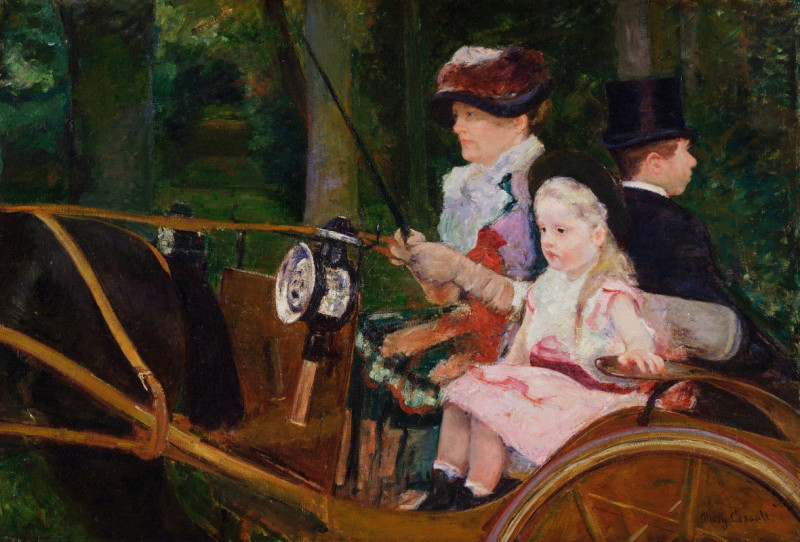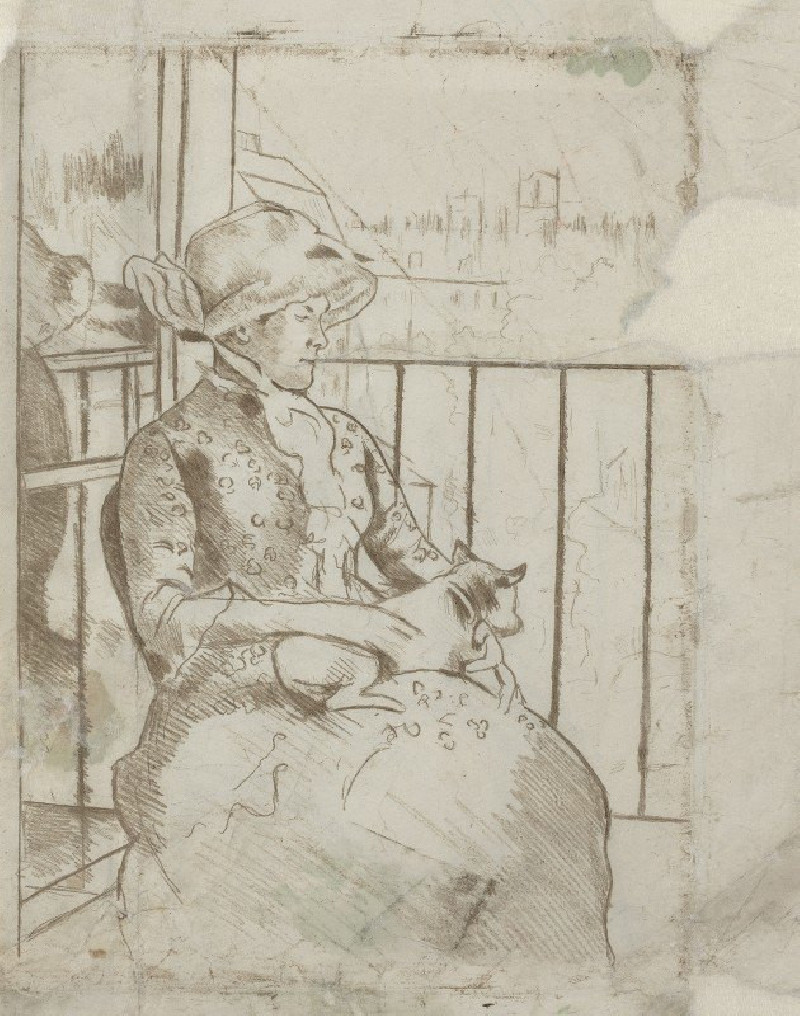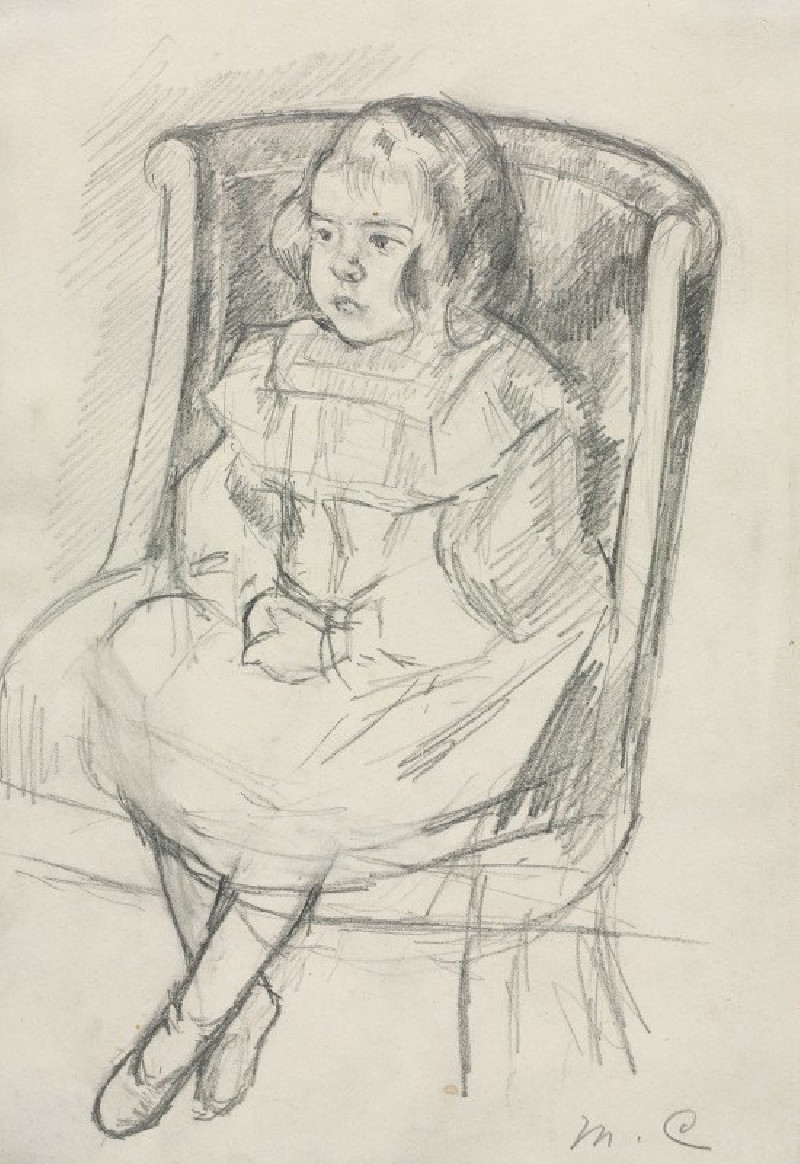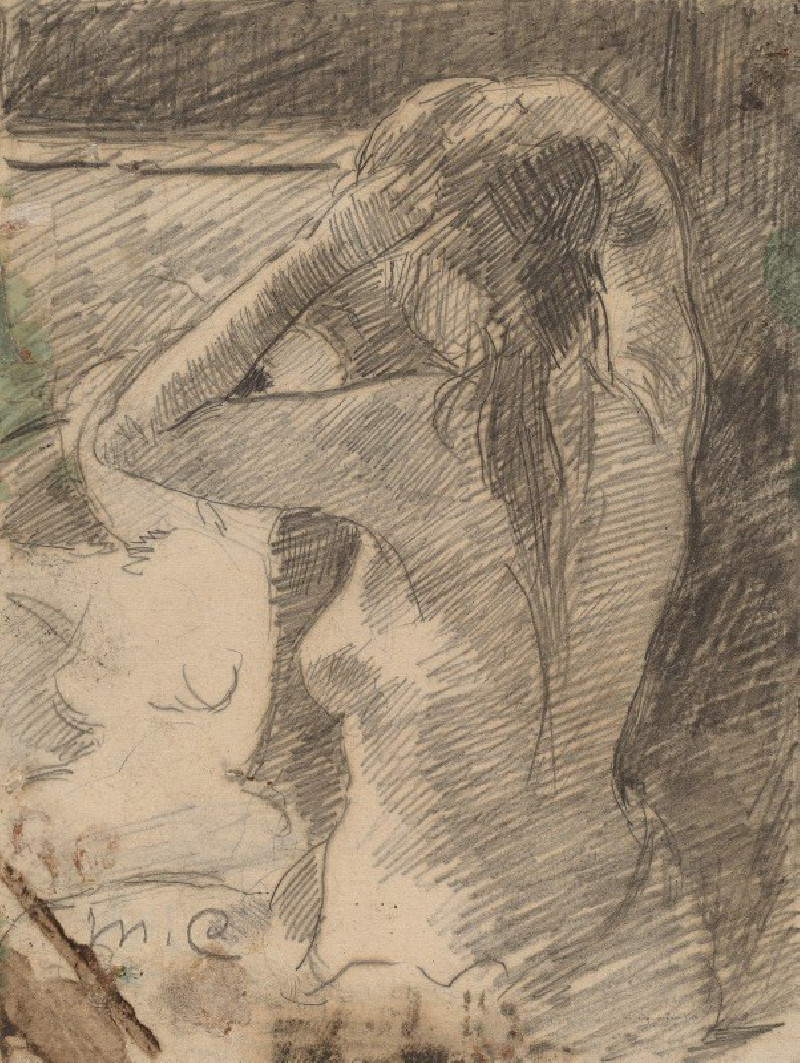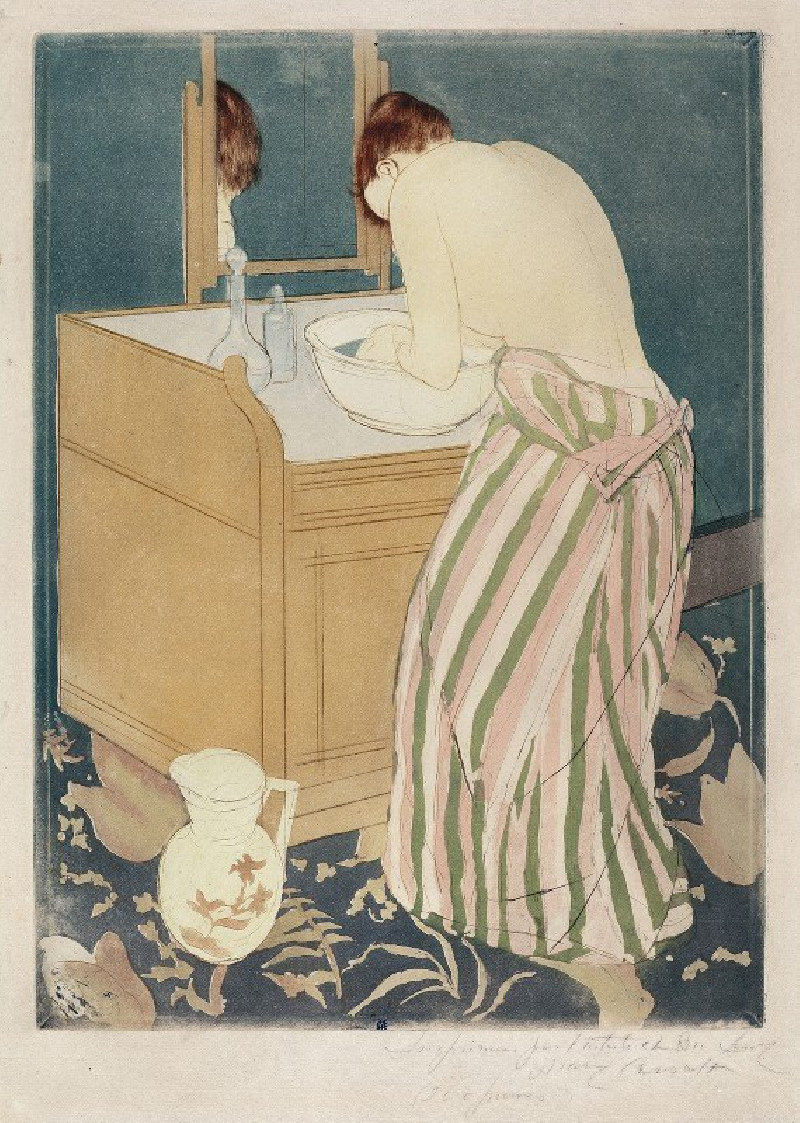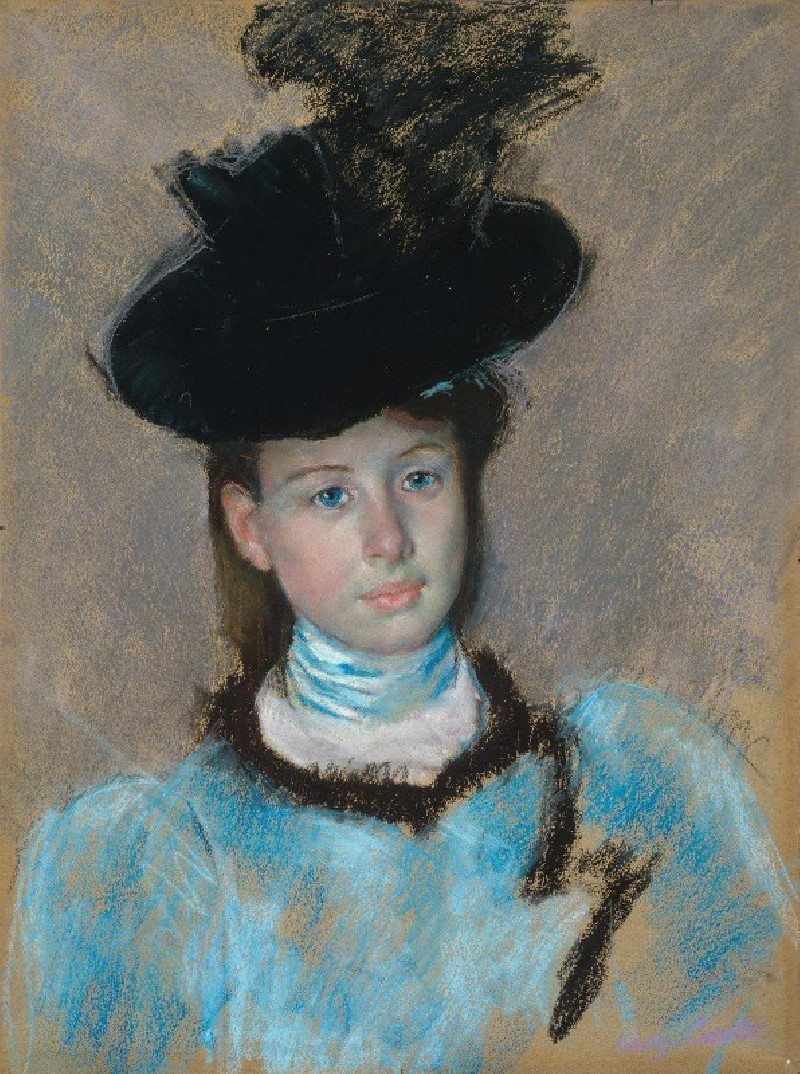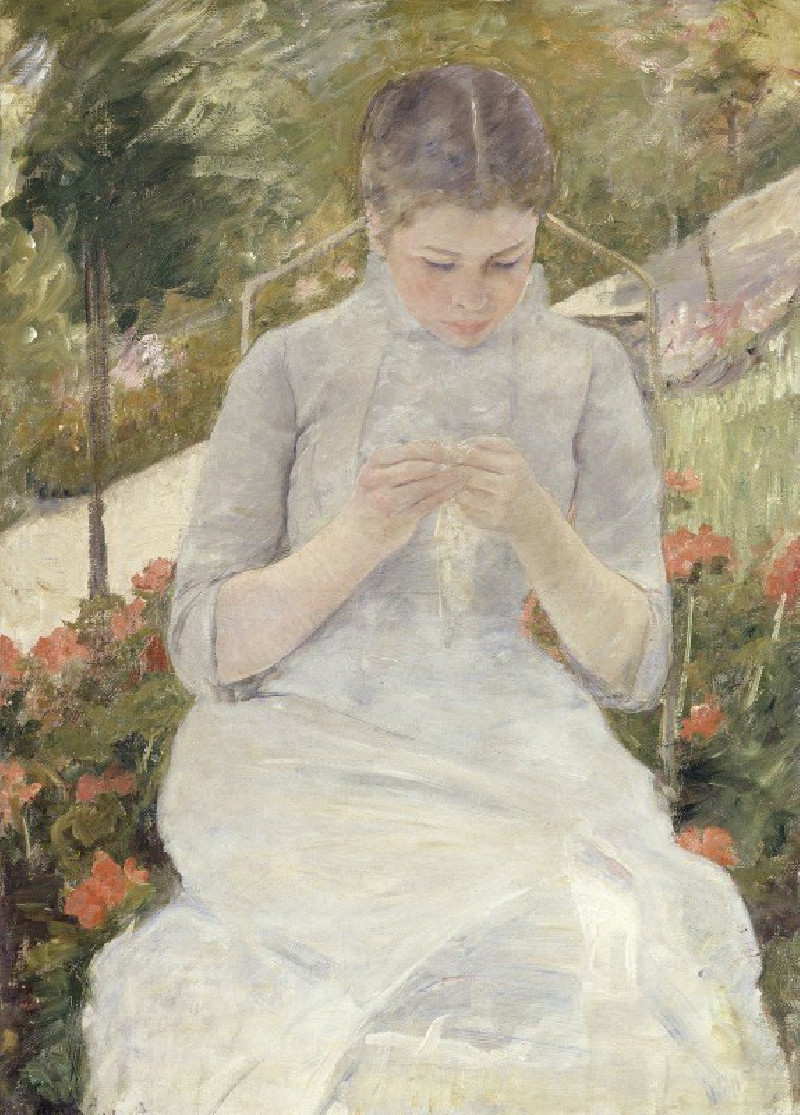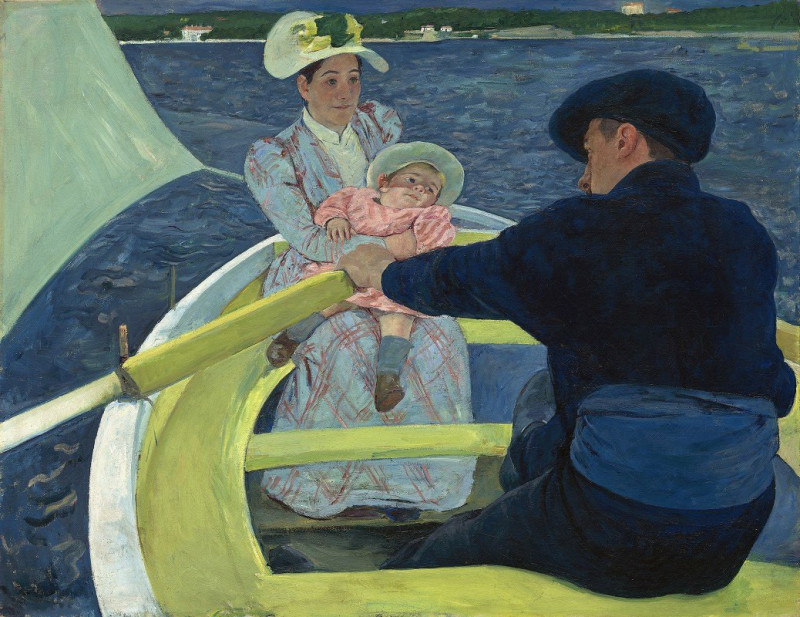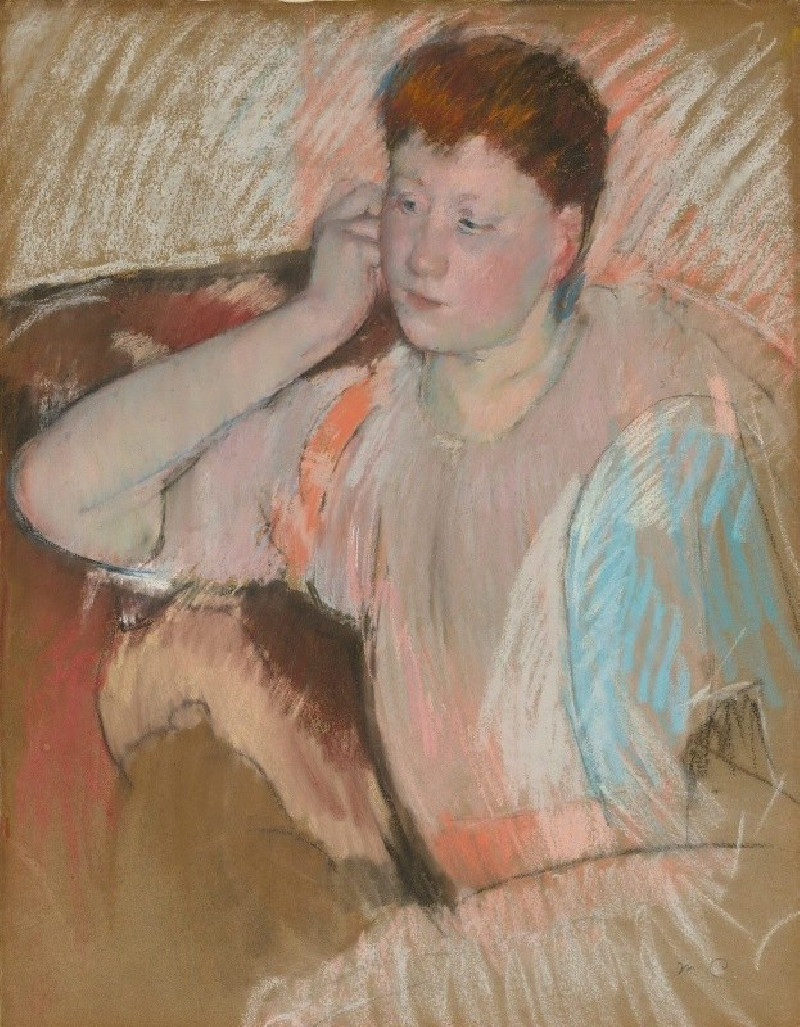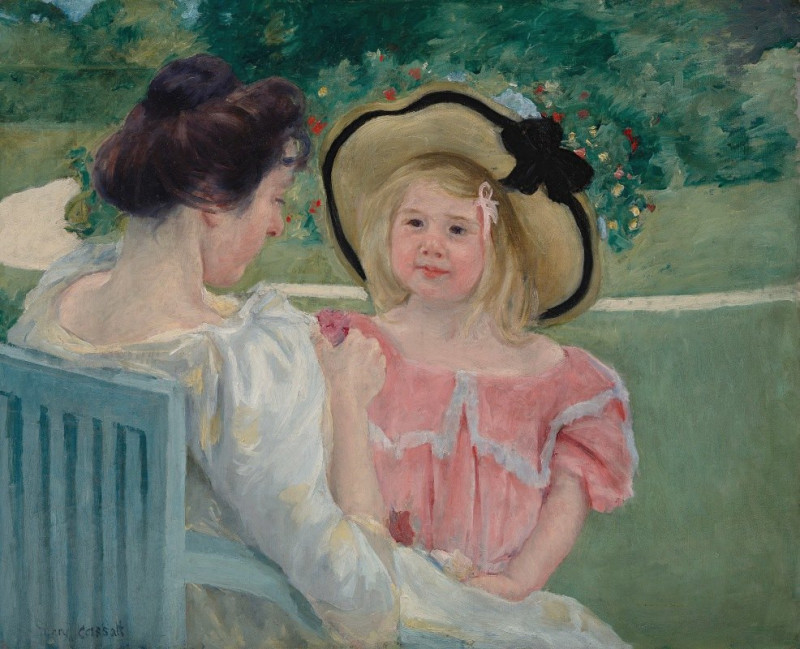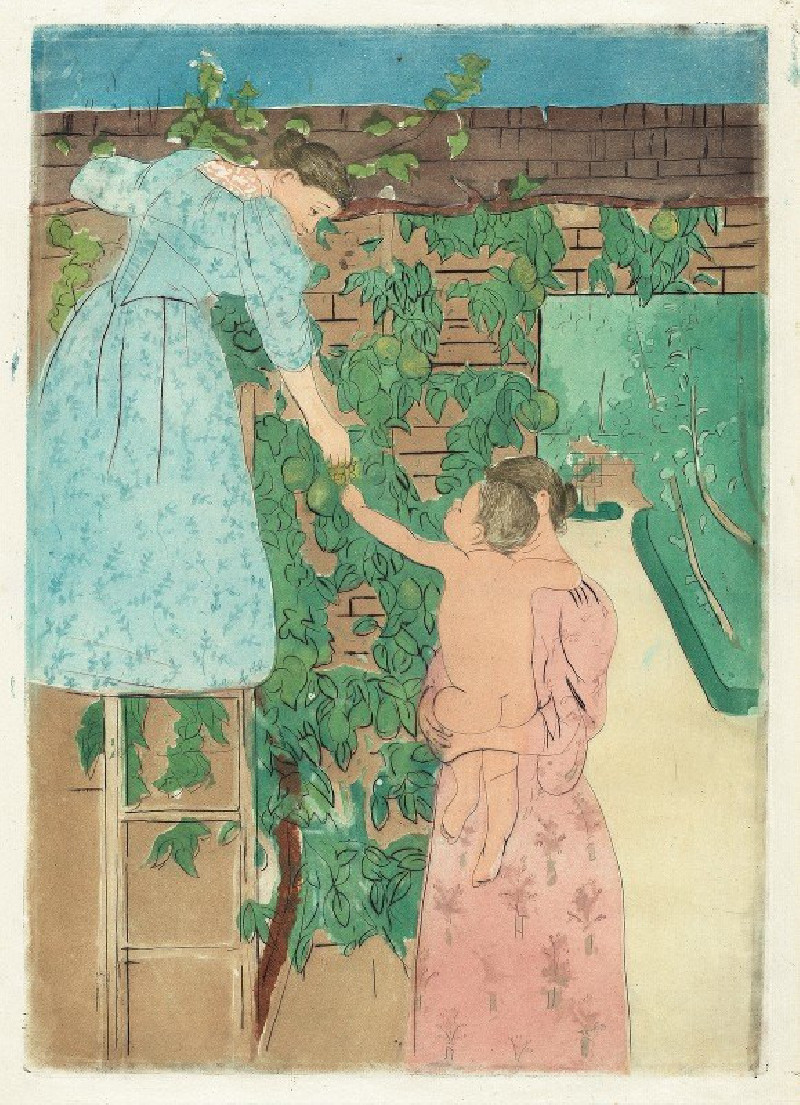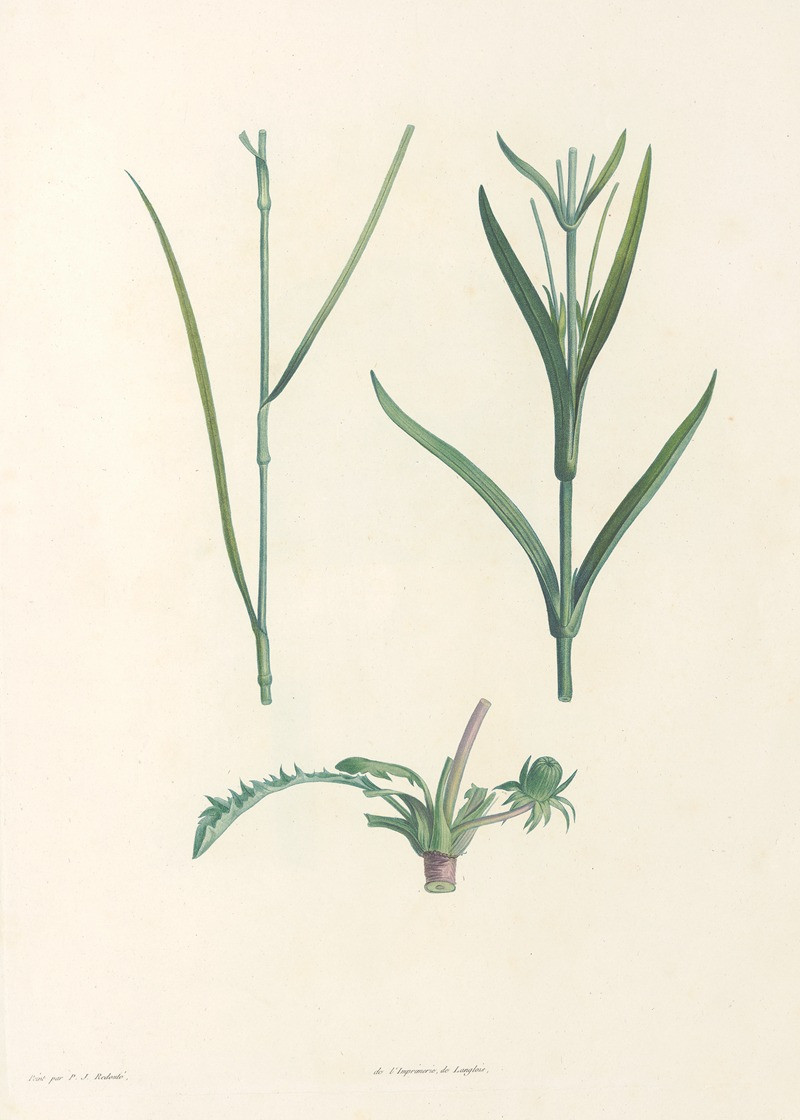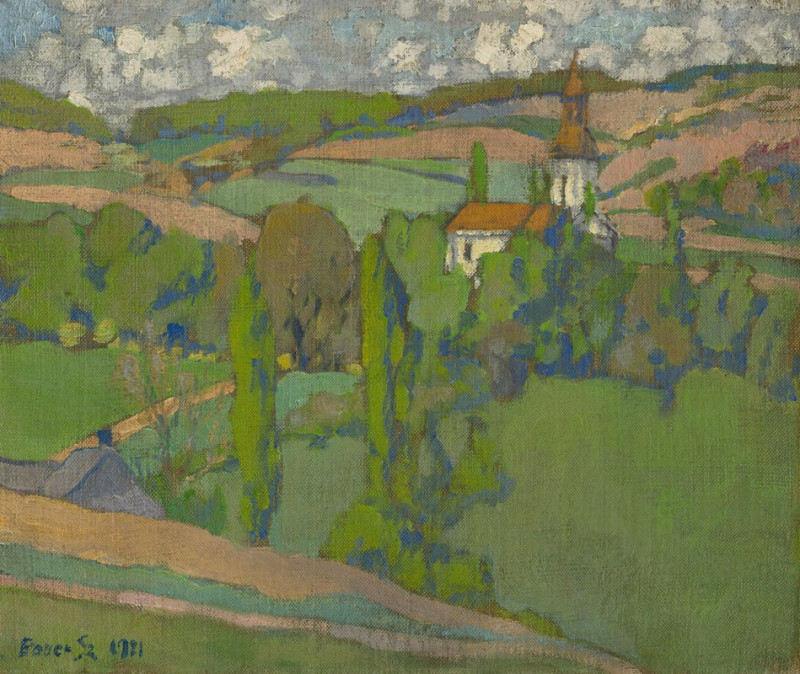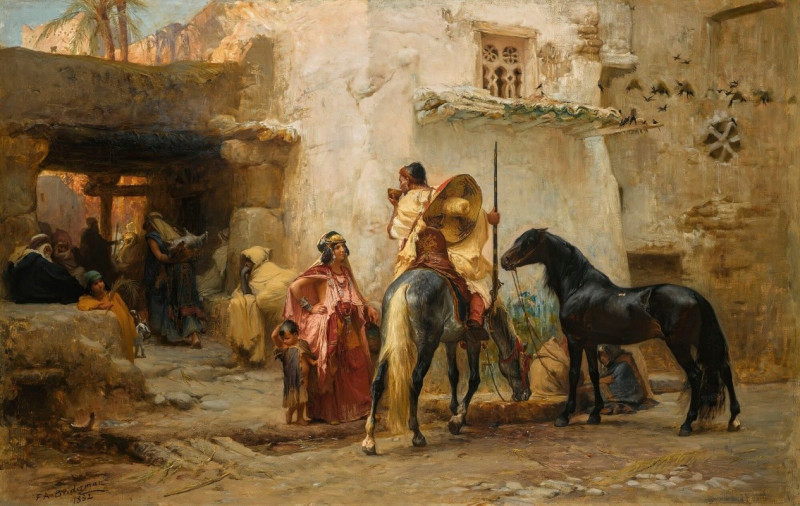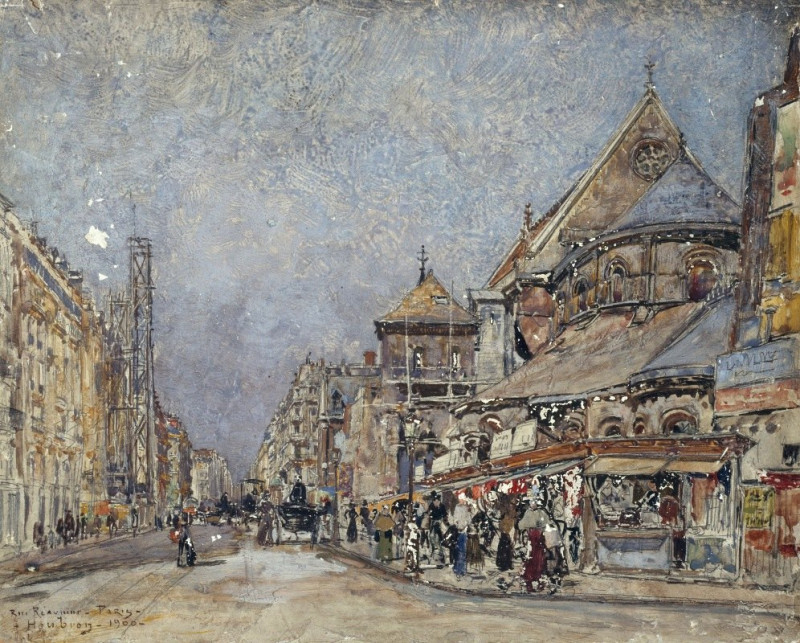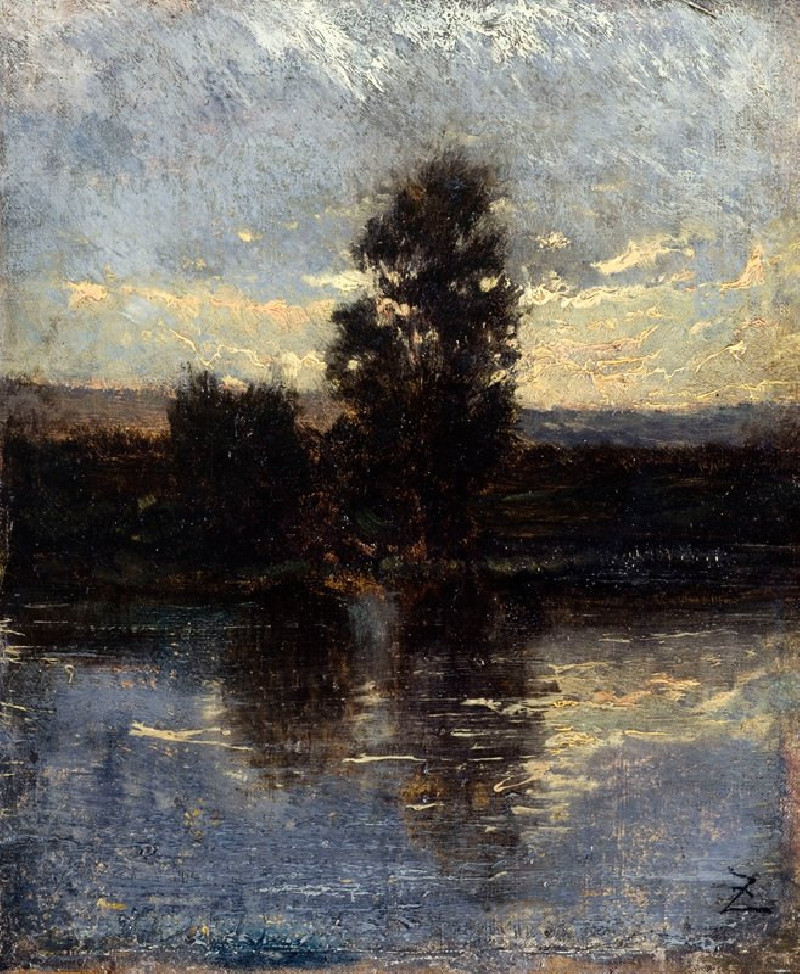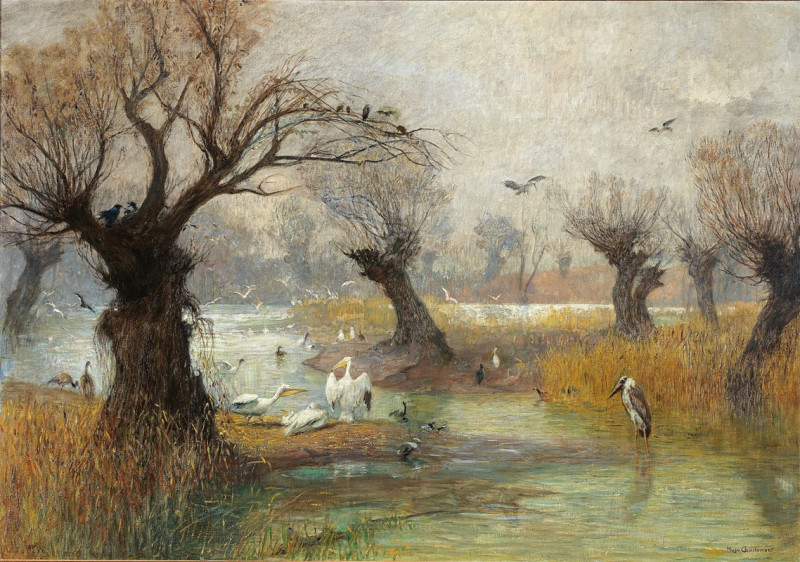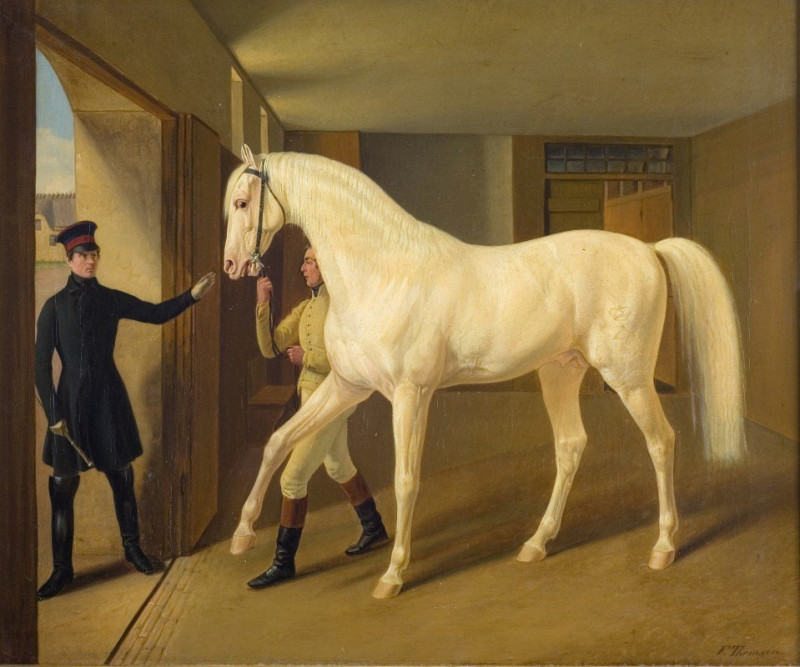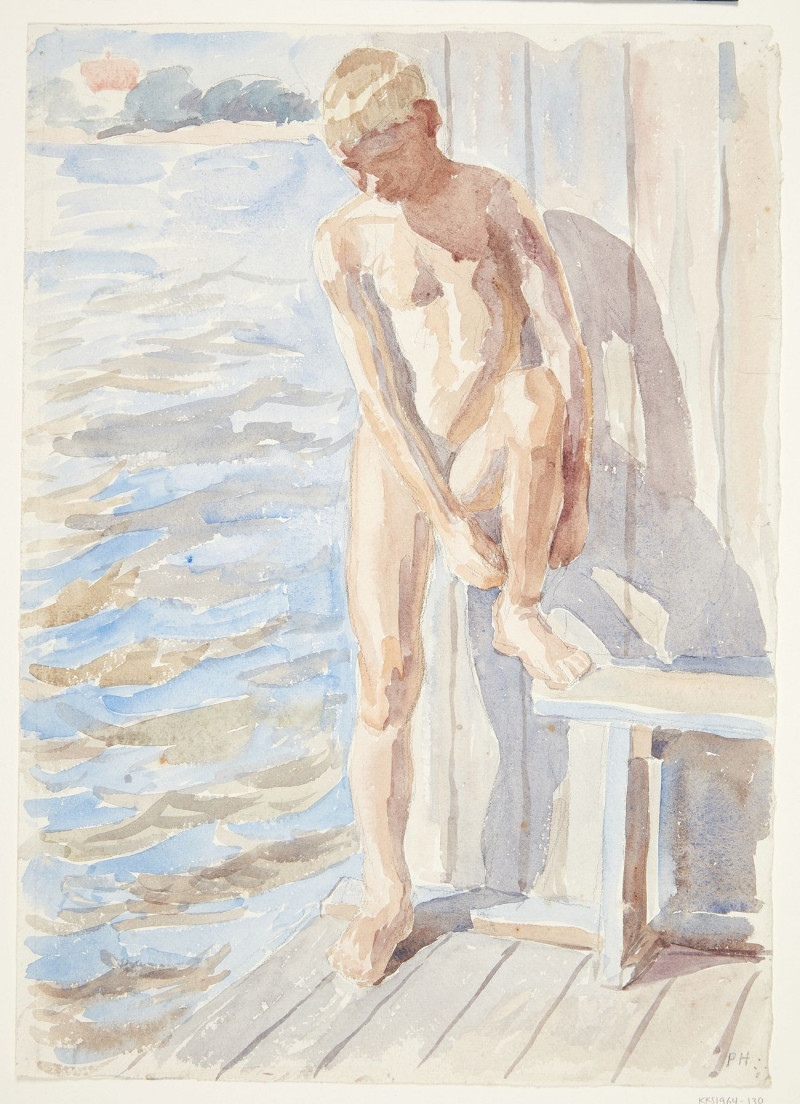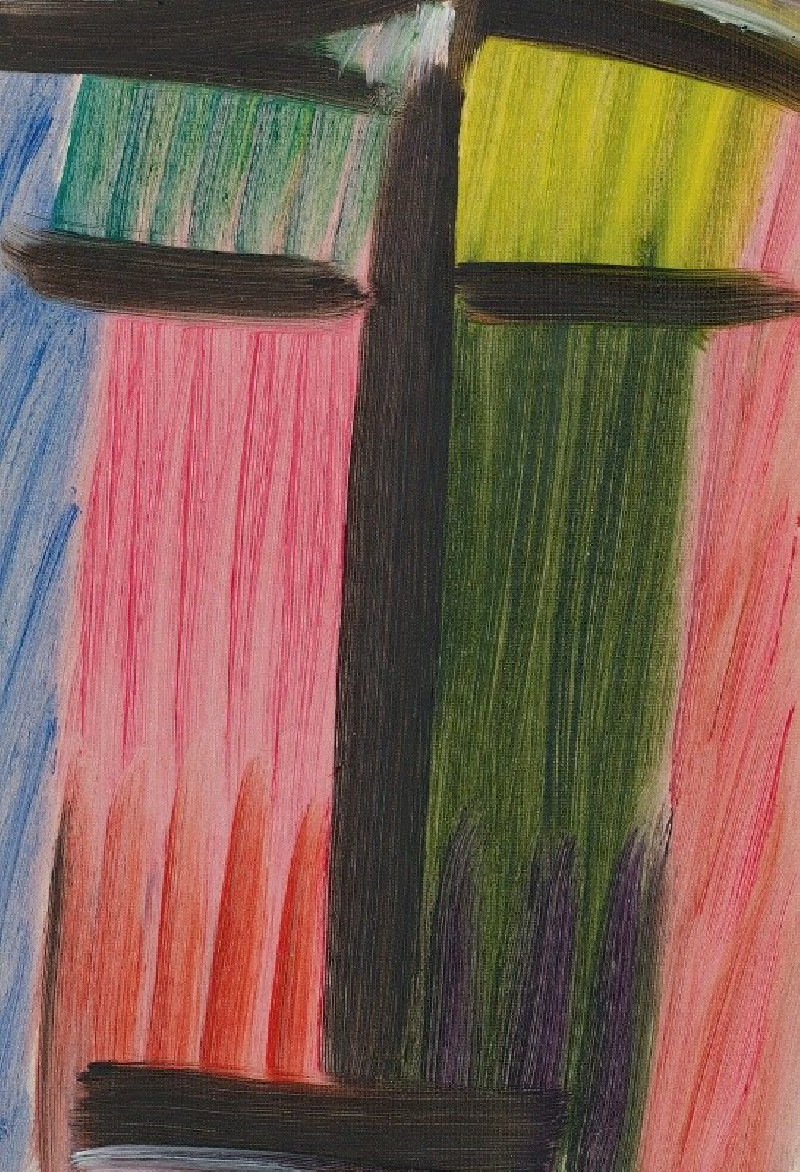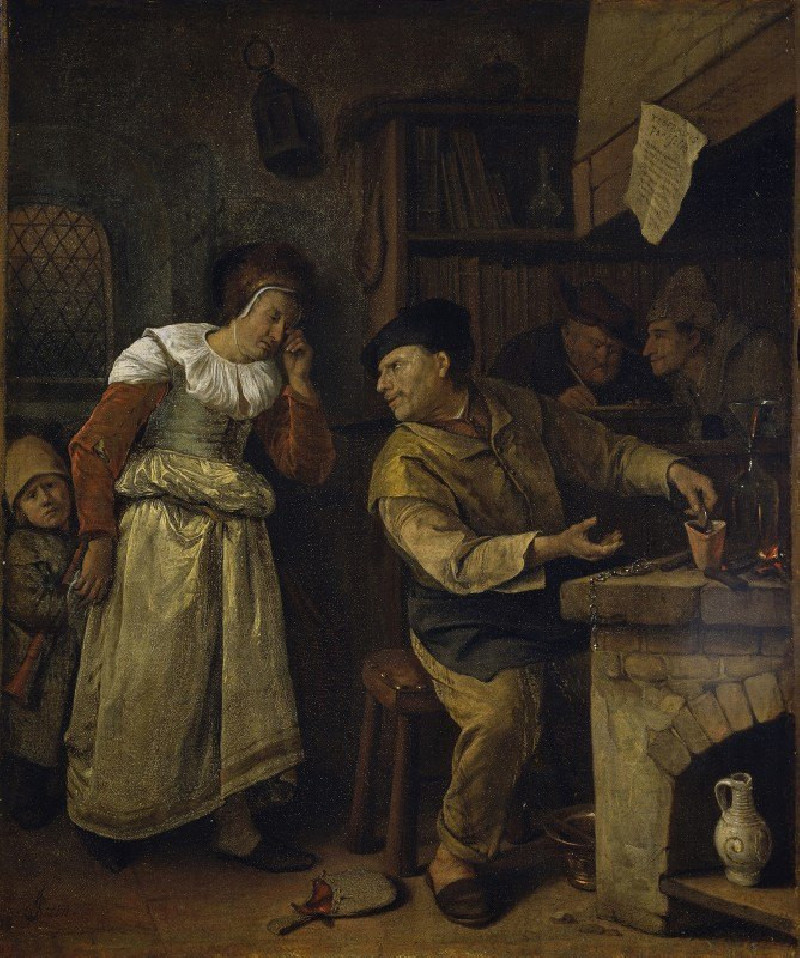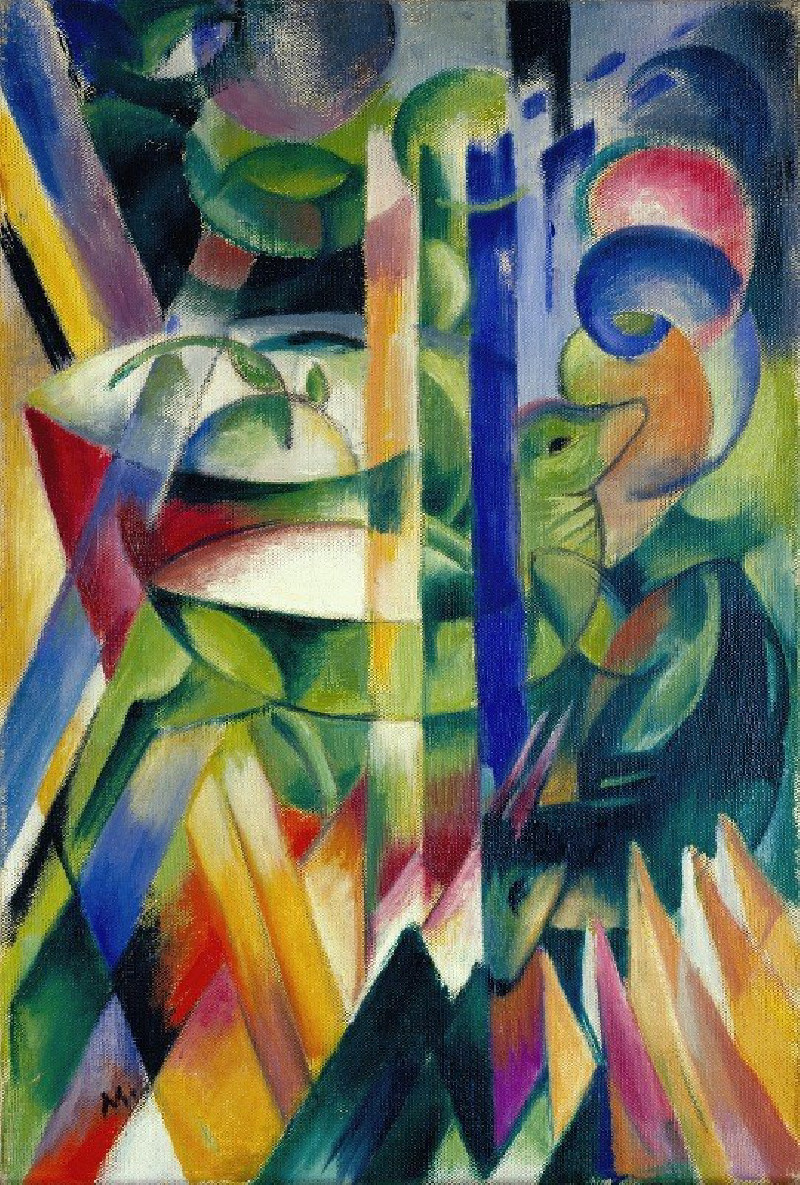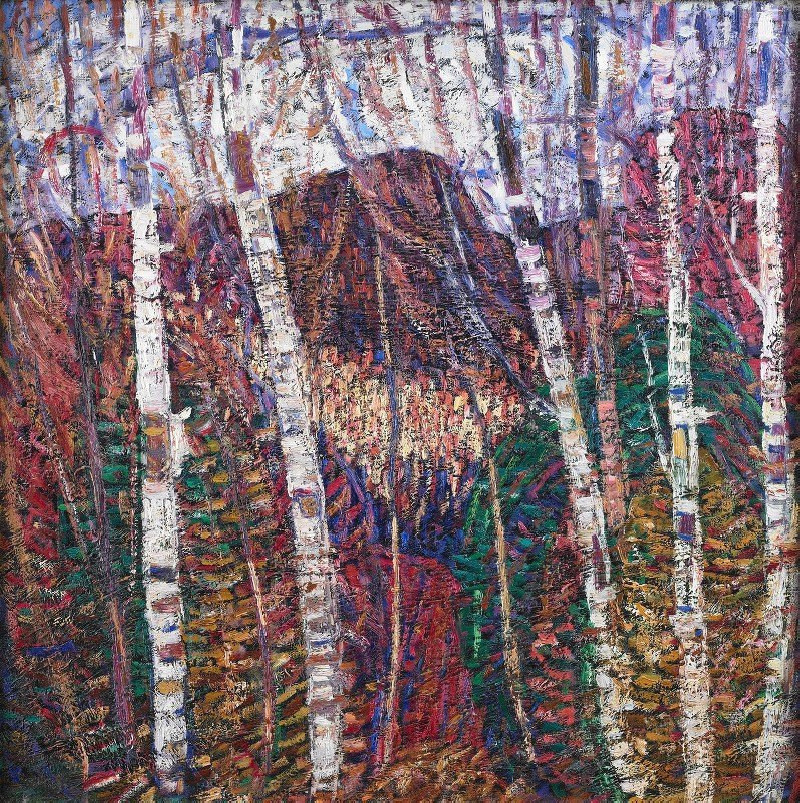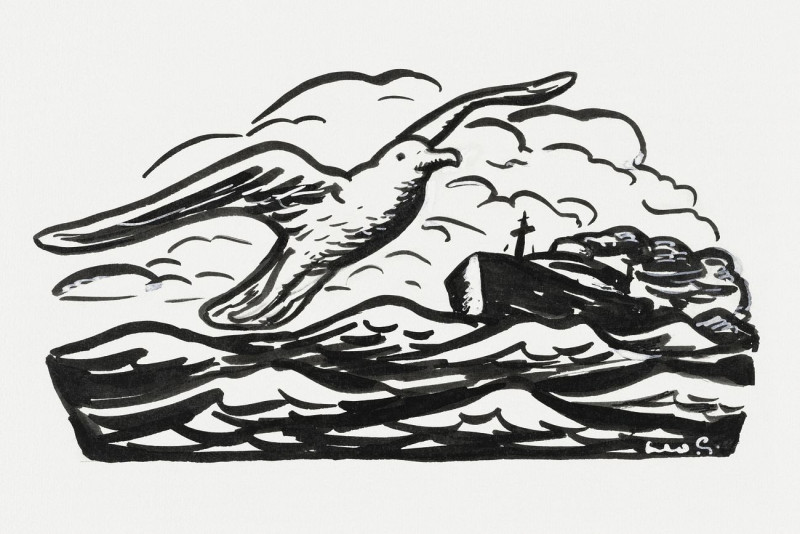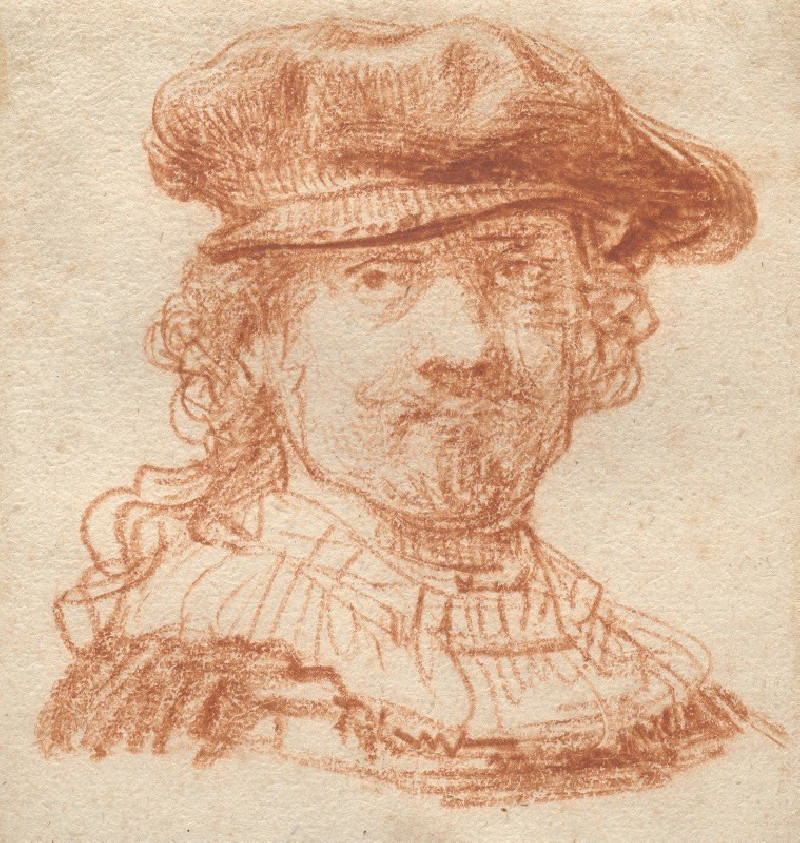Offering The Panel To The Bullfighter
Technique: Giclée quality print
Recommended by our customers
More about this artwork
"Offering The Panel To The Bullfighter" is a captivating painting by Mary Cassatt that depicts an intimate moment between two individuals at a social gathering. The artist has masterfully captured a bullfighter in traditional costume, engaging with a woman who is turned towards him, listening attentively. The bullfighter, dressed in a richly decorated suit known as "traje de luces" typically worn during bullfights, is characterized by intricate embroidery and a vivid red cape. His hat, or "montera", adds a distinctive touch to his attire.The woman appears to be offering him a panel or a piece of fabric, which is a detail that adds an element of narrative intrigue to the scene. Her attire is also traditional, possibly indicative of a specific Spanish regional dress, complemented by a white floral decoration tucked in her hair which suggests a festive or celebratory occasion.The expressions on their faces and their body language suggest a friendly and possibly flirtatious interaction. The background is subdued, allowing the viewer to focus on the rich details and colors of their outfits and the dynamic between the characters. Cassatt's brushwork brings out the textures of the fabrics and the vivacity of the moment, making the scene lively and engaging.This painting is a beautiful example of Cassatt's ability to portray social interactions and her keen eye for detail and color, which brings this potentially fleeting moment to a standstill for the viewer to appreciate.
Delivery
Returns
Mary Stevenson Cassatt was an American painter and printmaker. She was born in Allegheny City, Pennsylvania (now part of Pittsburgh’s North Side), but lived much of her adult life in France where she befriended Edgar Degas and exhibited with the Impressionists. Cassatt often created images of the social and private lives of women, with particular emphasis on the intimate bonds between mothers and children.
She was described by Gustave Geffroy as one of "les trois grandes dames" (the three great ladies) of Impressionism alongside Marie Bracquemond and Berthe Morisot.In 1879, Diego Martelli compared her to Degas, as they both sought to depict movement, light, and design in the most modern sense.

